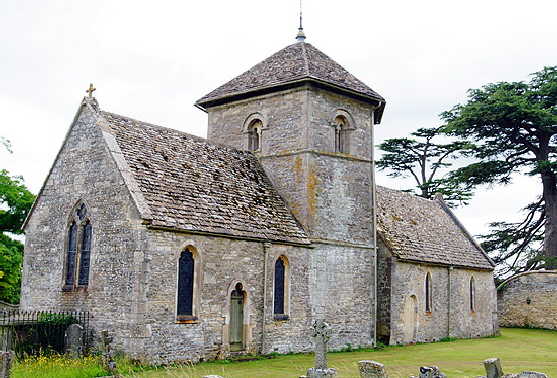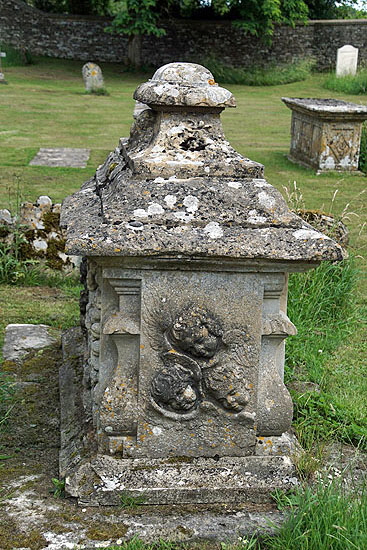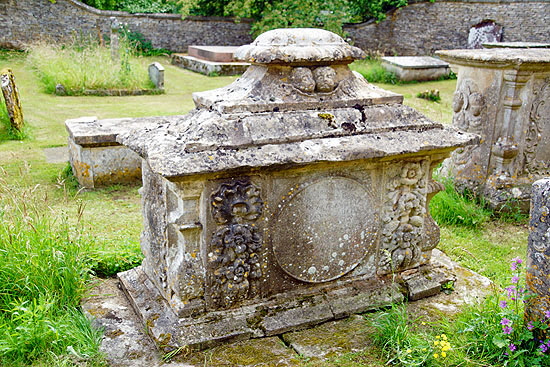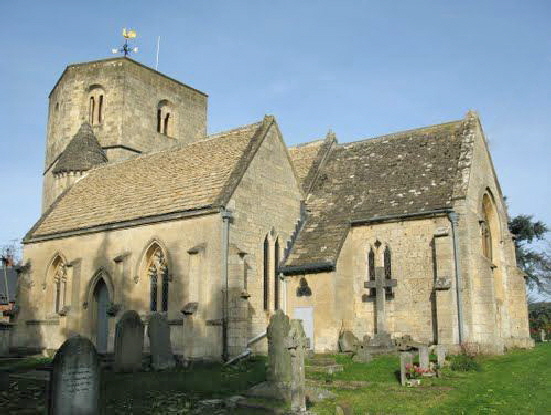|
Alphabetical List |
|
|
|
|
|
|
|
County List and Topics |
|
|
|
Please sign my Guestbook and leave feedback |
|
|
||||||||||||
|
with an apse to the east and a small narthex (entrance porch) to the west. If so, then this reinforces the notion of a Byzantine influence, although such tower-centred (“turriform”) churches were a feature more of Anglo-Saxon than of Norman architecture - see the example at Barton-upon-Humber in Lincolnshire. The Churches Conservation Trust, who now tend this church, suggest it was designed as a chapel, although they support the notion of the tower as being the original nave. Either way, it is one of only two. Berkeley clearly had some sort of cultural influences that other church patrons did not. The church dates from the early part of the twelfth century but the tower was raised by an extra storey in the middle of the century. There are no floors within it and no ringing chamber, so it is like a lantern of light inside the church. The double light windows are still in-situ. In about 1220 a nave was added. The elaborate interlaced decoration of the new arch is little short of astonishing, as well as being unique. Again the original Early English lancet windows survive. One rather imagines that the masons did not appreciate having to bond the new walls to an angled tower but the quality of the arch carving suggests that the best masons were employed here. The south doorway is another joy to behold with its very avant-garde decoration and, yet, a strangely anachronistic round-headed arch. Looking at it, I tend to think that the sculptors decided that the round arch would suit the design better, in which case we are looking at the work of true artists. The font dates from that period too but, sadly and unusually for this church, it is of a utilitarian rather than elaborate design In the fourteenth century the apsidal east end was rebuilt and extended by about eight feet to the rectangular profile we see today. Although we cannot reasonably say that this phase too was the work of the finest masons, the building shows commendable restraint: the roof height matches that of the nave and the length is just right. The nave, however, was itself extended by about twelve feet in the nineteenth century. Before that time the chancel must have been longer than the nave but doubtless the ground floor of the tower was utilised to supplement its floorspace. Apart from the tower itself, the plan is simple but the overall effect is pleasing and it almost looks as if all of the building was constructed at the same time. Finally, the churchyard is circular, telling us that the building was constructed on a pagan site. That suggests that an Anglo-Saxon building preceded this one. As you stand within that churchyard you are able to sense not only Christian spirituality but that of your much earlier predecessors. Who know what strange rituals were used here? Ozleworth is a memorable church both for its eccentricity and its beauty. You can add to that a woodland walk to a beautiful spot in a secluded valley. You cannot see this church from the road, Finding that path is another matter. I needed to follow a man on a tractor, having got to the end of the quiet lane without spotting the path. To be fair to the CCT, there is a little finger post but it’s not that easy to spot, Do your homework. You will be rewarded. I guarantee this is not a church you will easily forget. |
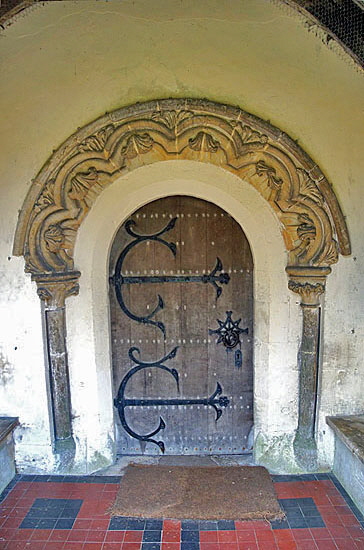 |
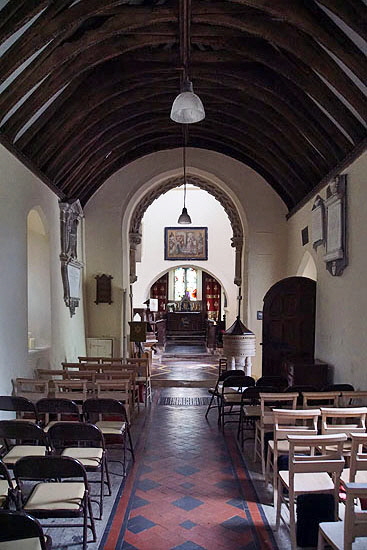 |
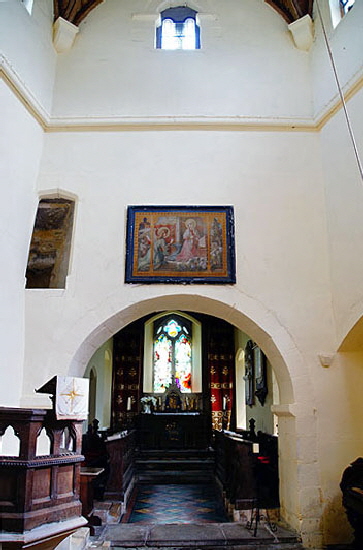 |
|
Left: The stunning south door of about 1220. I confess that I initially took it for Victorian faux-Norman. Centre: Looking from the west of the nave towards the east presents an odd profile. The nave arch is tall and, as we will see, beautiful, and gives onto the lantern like tower. Beyond that is the original low and plain Norman chancel arch. Right: The chancel arch. You can see that there was a rood screen here by the existence of the loft opening on the left. Doubtless, the loss of the screen was a loss but I cannot help feeling that it would have been quite oppressive aesthetically. |
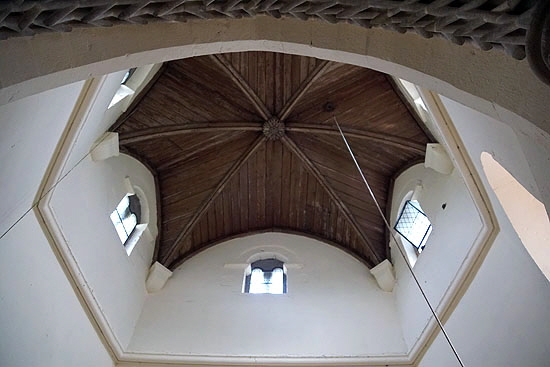 |
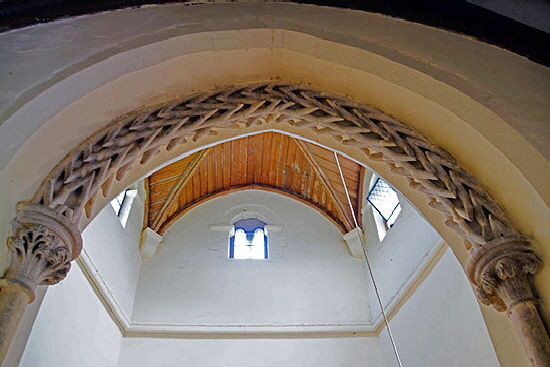 |
|
Left: The remarkable tower. Only the windows confirm that this is a Norman structure. The light pours from those six windows to form a pool light in the floor below. the sexpartite timber ceiling shows it all off beautifully. Right: Again, one stands incredulous that this arch between the tower and the nave is Early English - eight hundred years old, forsooth! The sheer ambition of it. . |
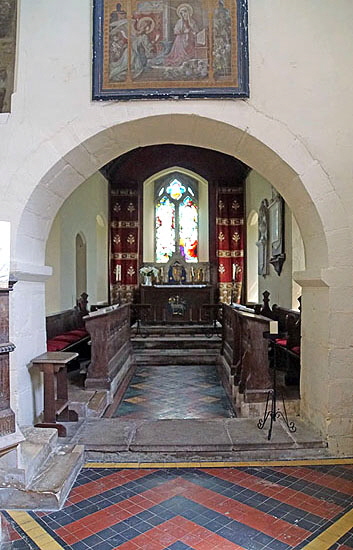 |
||||||||||||||||||
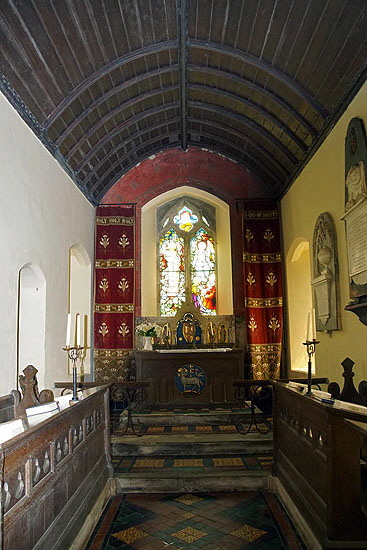 |
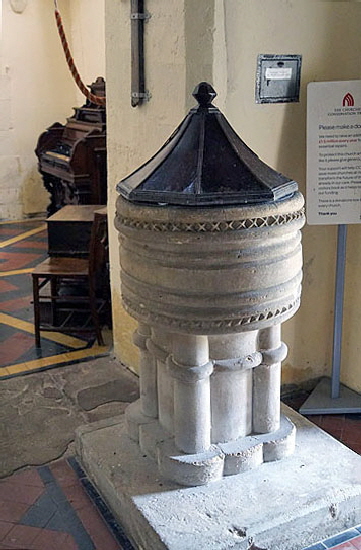 |
|||||||||||||||||
|
Left: The fourteenth century chancel. Most of the furnishings date from work commissioned by the Rev William Lowder who had studied architecture. Centre: Taken from beneath the tower. With the screen stair visible on the left, it is certain that this space continued to be regarded as part of the accommodation for the congregation; an extension of the nave, if you will. Right: The early English tub font with simple decoration typical of that period. |
||||||||||||||||||
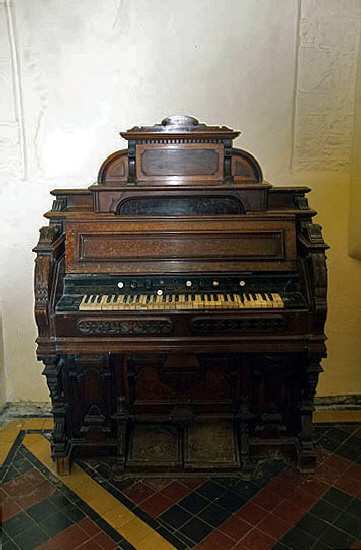 |
||||||||||||||||||
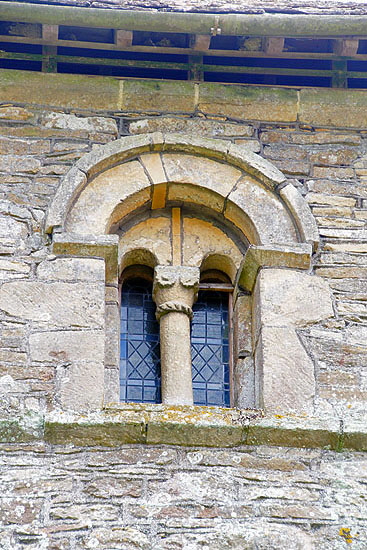 |
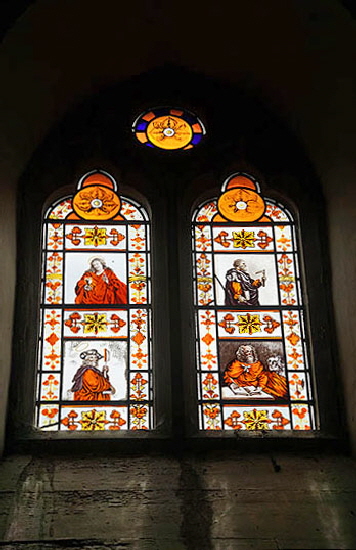 |
|||||||||||||||||
|
Left: One of the Norman tower windows. Centre: I was very taken with this harmonium that sits below the tower. I don’t know how it got here. Perhaps the CCT put it here but I love the patina of age. How many times was Onward Christian Soldiers belted out from this instrument? Right: Most of the glass here is Victorian but these four panels are painted glass and is reckoned by the CCT to be Flemish, dating from the sixteenth or seventeenth century. |
||||||||||||||||||
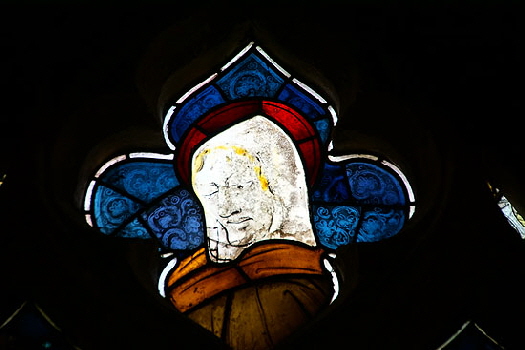 |
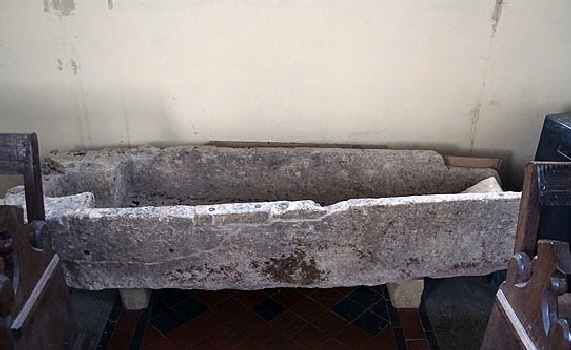 |
|||||||||||||||||
|
Left: The only surviving fragment of mediaeval glass. Right: A stone sarcophagus lurking, hoping to be re-filled! |
||||||||||||||||||
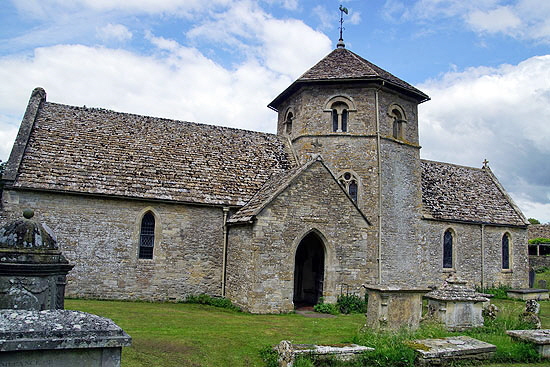 |
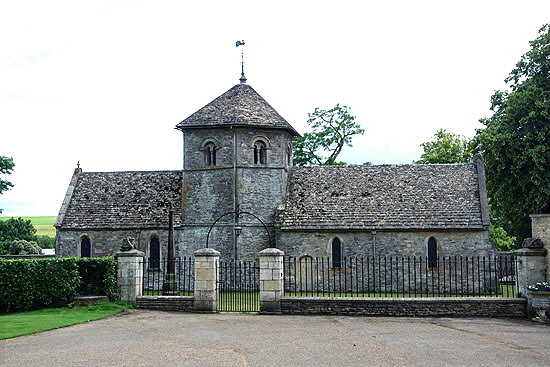 |
|||||||||||||||||
|
Left: The church from the south side, The porch is fourteenth century so too, I think, is the Gothic window installed just to its right. Right: The church from the north side from which direction it is approached. |
|
|
||||||||||||||||||||||||||||||||||||||||||||||||||||
